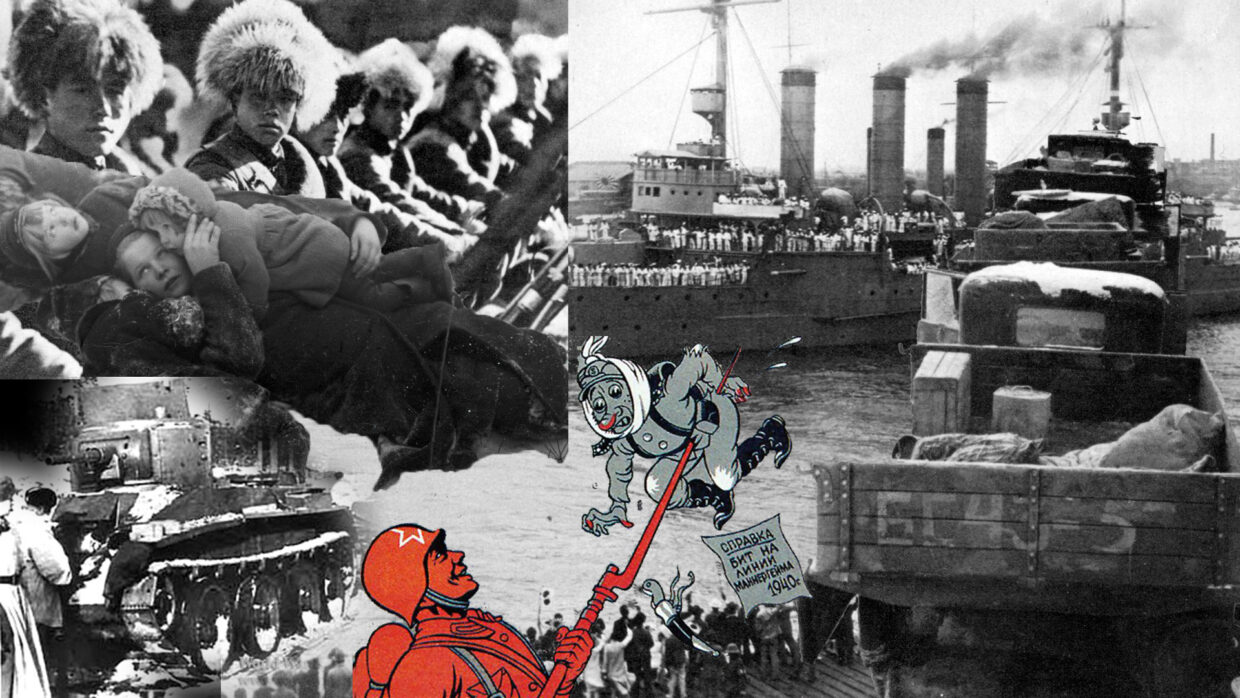The Thirties were marked by confrontation and violence. The Western diplomats practicing Appeasement believed it would prevent another global war, but were woefully unaware of what they were dealing with. Most of the confrontation was between the ideologies of Nazism and Communism; they became mortal enemies in the thirties, which made their non-aggression pact and the dismemberment of Poland all the more shocking. At the end of the decade, the Nazi-Soviet Nonaggression Pact would shock the world and lay the groundwork for the Invasion of Poland and the Second World War.
Hitler’s rise to power in 1933 was through democratic means, but he and the Nazis paved the way in blood, targeting political opponents and Jews in violent attacks. Street battles were fought for the Nazis by their Brown Shirts. Eventually Hitler, with the support of the industrialists, was able to rehabilitate his reputation from bitter war veteran to savior of Germany.
The Japanese were initially successful in their invasion of Manchuria in 1931 and China in 1937, but as the new decade dawned, they held the cities while large Chinese formations harassed them from the interior. While China turned into a quagmire, Japan’s military looked to the resources of the South Pacific and war with the Western powers.
The Spanish Civil War in 1936-1939 was a regional conflict that was turned into an international staging ground for the weapons of World War II. The Wehrmacht practiced air combat techniques and introduced tank maneuver into the battlefield. Russian pilots gained some knowledge of German aircraft. The Spaniards gained a fascist dictator, Francisco Franco, that ruled until his death in 1975.
The Munich Pact of 1938 paved the way for Hitler to dismember Czechoslovakia. The failure of the French and British to stand up to Hitler directly led to the start of the Second World War when Hitler moved against Poland.
The Soviet Union under Stalin began its own expansion, targeting Finland in 1939 to gain territory and free water ports in the Baltic. A brutal winter campaign, led by political commissars and not soldiers, left thousands of Russians dead by 1940. Only with huge reinforcements and massed artillery were the Russians able to force the Finns to capitulate.
The Soviets were more successful against the poorly armed and technically inferior Kwantung Army in Manchuria in 1938 and 1939. They were able to prevent Japanese expansion into Russian territory.

Author of the World War II Multimedia Database

